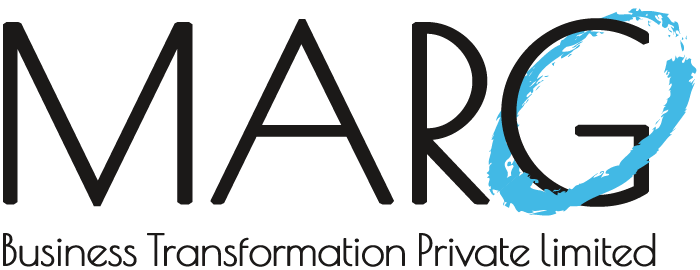
Make 2025 the year of leadership excellence! Enhance your leadership training programs to drive growth, empower leaders, and shape a stronger future for your organization.
With automation and AI transforming industries, leadership will determine if businesses thrive. Strong leadership management training ensures that managers and supervisors rise to the occasion, guiding their teams effectively through change and uncertainty.
Nearly 60% of new managers don’t receive training when they step into leadership roles. This leaves them unprepared to support their teams, inefficiencies, low engagement and declining morale. On the contrary, companies that invest in leadership training develop strong leadership pipelines, securing long-term organizational success.
Why is effective leadership and management essential in today’s organizations?
McKinsey’s research indicates that organizations with top-performing middle managers achieve significantly higher total shareholder returns compared to those with average or below-average managers. Similarly, the research by DDI revealed that leaders who undergo leadership training are twice as likely to handle ambiguous work environments effectively and three times more likely to retain top talent. These insights highlight the direct correlation between leadership management training and business success. However, many organizations still face significant gaps in effective leadership.
At MARG, we understand that effective leadership isn’t just about titles – it’s about impact. Our customized leadership and management training solutions help organizations develop leaders who inspire teams, drive change and create cultures of excellence.
Revamp Your Leadership Training: 5 Strategies for Lasting Impact
For organizations looking to enhance their leadership management training initiatives, here are five key steps to ensure their effectiveness:
-
Map-Out Existing Training Programs
Start preparing the inventory of the current leadership training within your organization. Identify which programs focus on skill development versus administrative processes. Consider all available resources, including handbooks, guides, on-demand training, coaching programs and external workshops. This assessment will help pinpoint areas that need improvement or expansion.
-
Gather Feedback and Assess Training Effectiveness
Evaluate past leadership training programs by collecting feedback from participants and analyzing performance metrics. Employee engagement surveys, 360-degree feedback and leadership assessments can provide valuable insights into competency gaps and strengths.
-
Align Training Programs with Future Business Needs
Leadership training should not only address current skills gaps but also prepare leaders for future challenges. Utilize external research from sources like the World Economic Forum and Harvard Business School to identify emerging leadership competencies.
Key areas such as resilience, empathy, strategic agility and social influence are becoming increasingly crucial for effective leadership.
-
Customize Training to Address Specific Leadership Needs
Different leadership roles require tailored training approaches. For instance, while both managers and senior leaders need to develop their ability to nurture talent, the methods for doing so may differ. Managers might need more training on delivering constructive feedback, while senior leaders may benefit from learning how to cultivate a growth mindset within the organization. A well-structured leadership management training program should address these distinct needs.
-
Develop a Strategic Implementation Timeline
Leadership training is an ongoing process rather than a one-time event. Organizations should create a phased approach to roll out training initiatives, prioritizing the most urgent needs first. Working with teams to align training goals with the company’s long-term vision will ensure that leadership training programs are impactful and sustainable.
How can leadership training help address workforce challenges?
Change is inevitable, and the modern workforce is experiencing unprecedented levels of transformation. Studies show that 53% of global employees believe too much change is happening simultaneously, while 44% do not understand why these changes are necessary. Effective leadership training helps managers and supervisors communicate changes clearly, foster trust, and provide the necessary support for their teams to adapt and thrive.
Moreover, as younger generations enter the workforce, the expectations from leadership are shifting. Traditional leadership styles may no longer resonate with today’s employees, who value transparency, inclusivity and continuous development. Leadership management training helps leaders stay updated on evolving workplace dynamics and equips them with the skills to engage and motivate their teams effectively.
Final Thoughts
As we move through 2025, leadership training will be crucial for organizations looking to successfully build resilient teams. With the increasing impact of AI, evolving workforce expectations and a competitive business environment, equipping leaders with the right skills is more important than ever.
By taking a strategic approach to leadership training – assessing existing programs, gathering feedback, aligning with future needs, customizing content and implementing a structured rollout – organizations can create a leadership pipeline that drives success. Investing in leadership management training is not just about preparing leaders for today’s challenges but also ensuring they are equipped to lead in the future.
At MARG, we specialize in delivering customized leadership training solutions that empower organizations to thrive. Connect with us to explore how we can support your leadership development initiatives in 2025 and beyond.






